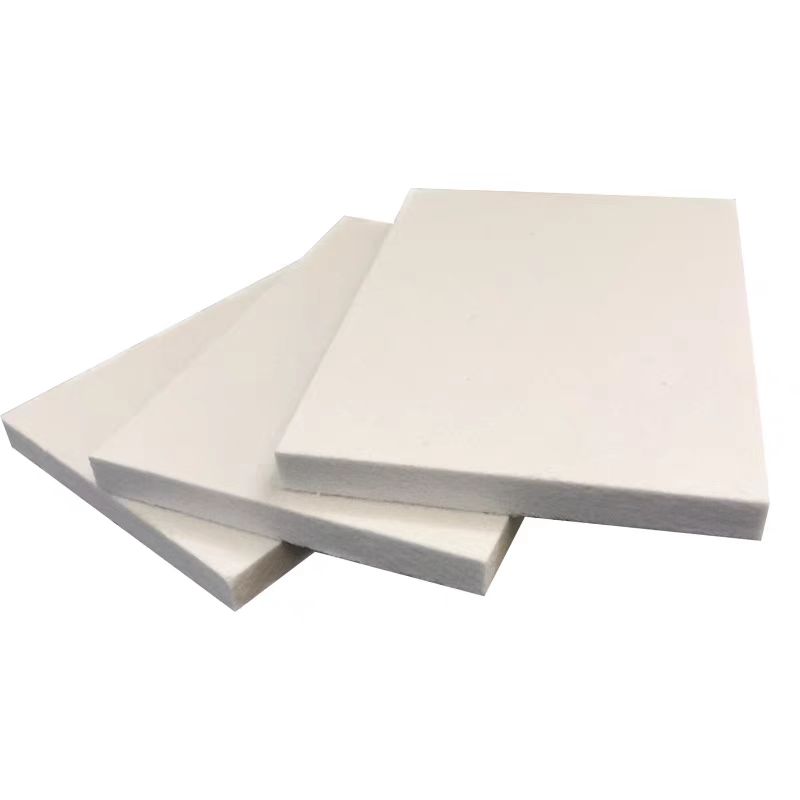


12 2024
With the continuous increase in the scale of international power grids and the shortage of urban land resources, more and more substations are penetrating into urban central areas. Due to a series of reasons such as uneven equipment manufacturing processes, equipment aging, long-term operation, and proximity to sensitive points, the problem of substation noise pollution is becoming increasingly prominent. In recent years, the number of disputes and complaints related to substation noise issues has been on the rise and has become an urgent problem to be solved in the process of power grid construction [1~5]. Therefore, how to control substation noise while accelerating power grid construction and ensuring high-quality and reliable power supply, and realizing the organic combination of enterprise benefits and social benefits has become one of the current key tasks of power grid companies.
The noise of substations is mainly caused by the magnetostriction of the silicon steel sheets of main transformers. The noise level of main transformers is mainly above 55 dB(A). The frequency spectrum is mainly concentrated below 500 Hz, and the peak is formed at the fundamental frequency of 100 Hz and its octave. Such noise has a long wavelength, slow attenuation, and strong penetrating power to buildings. It is difficult to effectively eliminate it with conventional noise reduction materials [6-8]. In addition, most substations are unattended and are exposed to a complex and changeable natural environment for a long time, which puts forward higher requirements for the use and reliability of noise reduction materials.
At present, the most widely used sound-absorbing materials on the market are Glass wool。Glass wool is a porous sound-absorbing material. However, it is brittle and easy to break, and it is also prone to moisture absorption. After getting damp, it basically does not absorb sound and is prone to aging and failure. Under certain service conditions, it begins to pulverize and emit fine dust after 2 to 3 years. On average, it will seriously pollute the environment in less than 10 years. In addition, the sound absorption coefficient of glass wool for low-frequency noise is low. If the noise reduction requirements are to be met, it often requires increasing the material thickness in the structure. There are many drawbacks in installation and layout [9-13].
Ceramic fiber is a kind of high temperature resistant fiber, which has the characteristics of light bulk density, high temperature resistance, good thermal stability and good chemical stability, and is especially suitable for the service environment of substations [14~ 16]. In addition, ceramic fiber can also change its sound absorption performance by adjusting the fiber structure parameters and increasing the back cavity, so as to obtain higher low-frequency sound absorption performance and wider absorption frequency band. In this paper, according to “Acoustics, Impedance, Measurement of Sound Absorption Coefficient and Acoustic Impedance in Tubes, Part 2: Transfer Function Method” (GB/T 18696.2-2002), the influence of different fiber materials, fiberboard bulk density, fiberboard thickness and back cavity thickness on the sound absorption and performance of ceramic fiberboard was studied, which laid a foundation for the development of new low-frequency noise reduction materials to reduce the impact of substation noise.
Effect of structural parameters on sound absorption properties of ceramic fiberboard
1.1 Influence of fiberboard material on sound absorption performance
The selection of the material system is crucial to the sound absorption performance of ceramic fiberboard. Different material systems have different fiber densities, and the fiber density is related to the flow resistance and porosity of the material. In order to develop the best ceramic fiberboard material system, the sound absorption performance of ceramic fiberboard with different material systems was studied under the condition that the parameters such as the bulk density of the fiberboard, the thickness of the fiberboard, and the thickness of the back cavity were consistent.(Details)
We focus on the research and development as well as manufacturing
of thermal insulation materials and sealing materials.